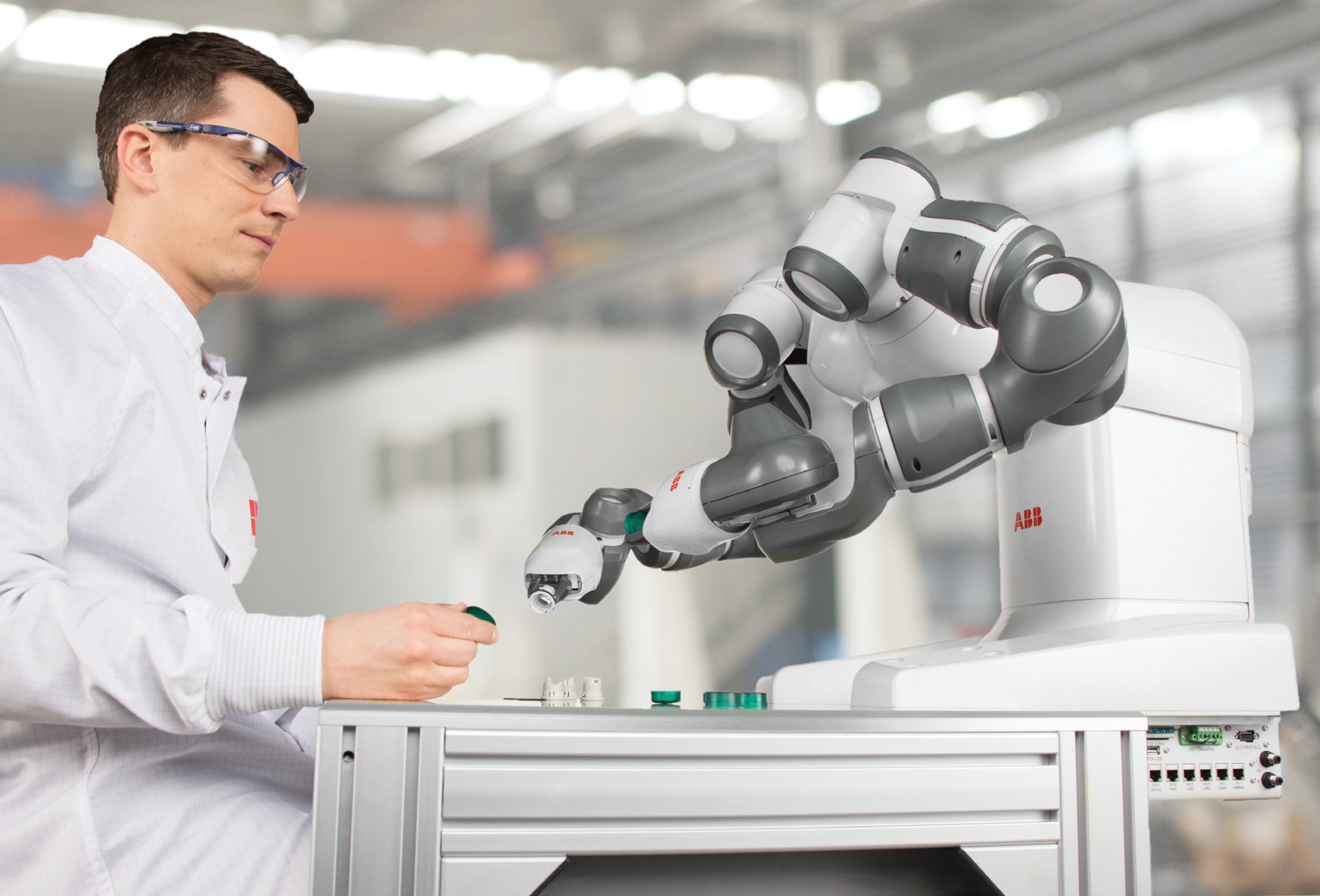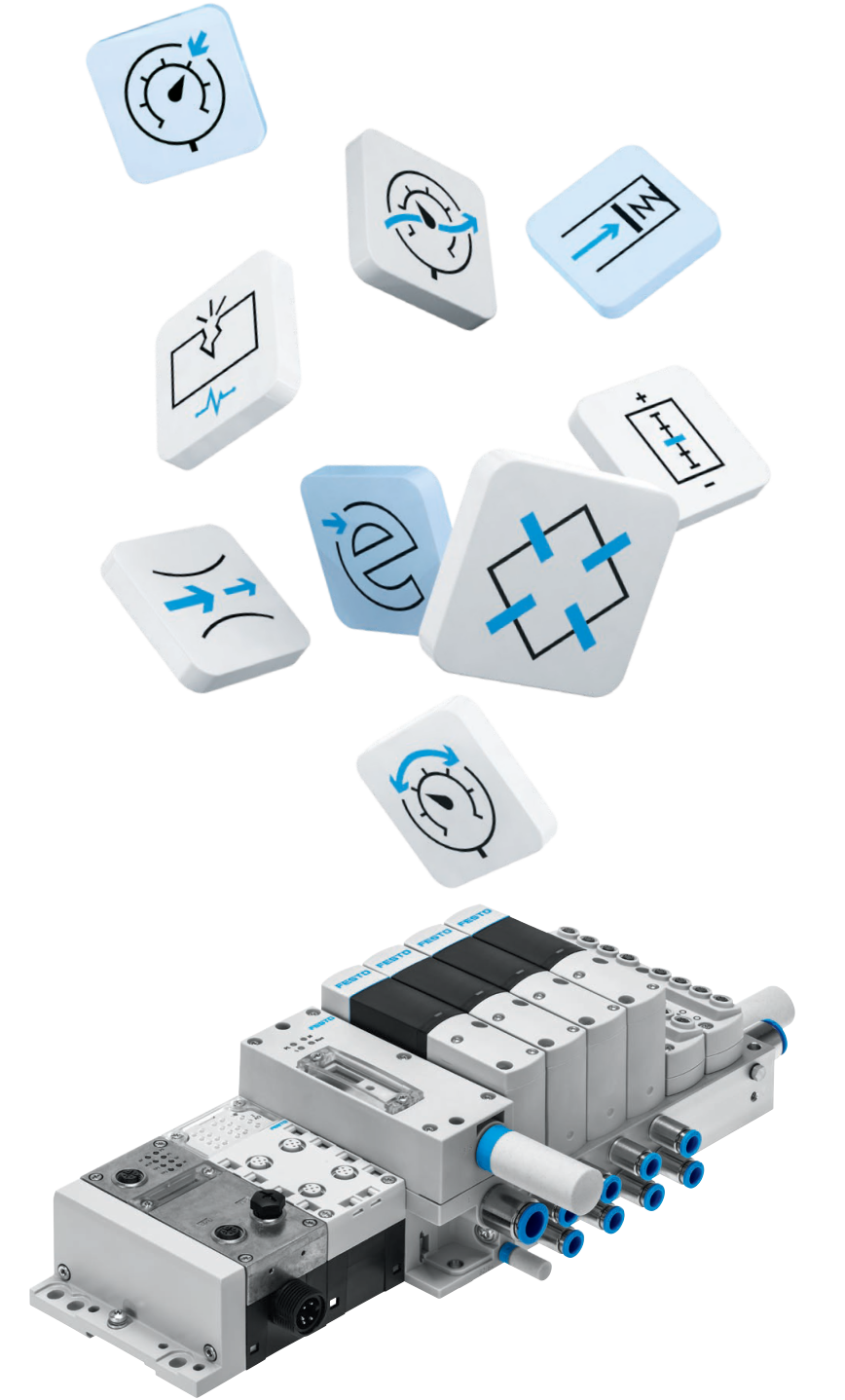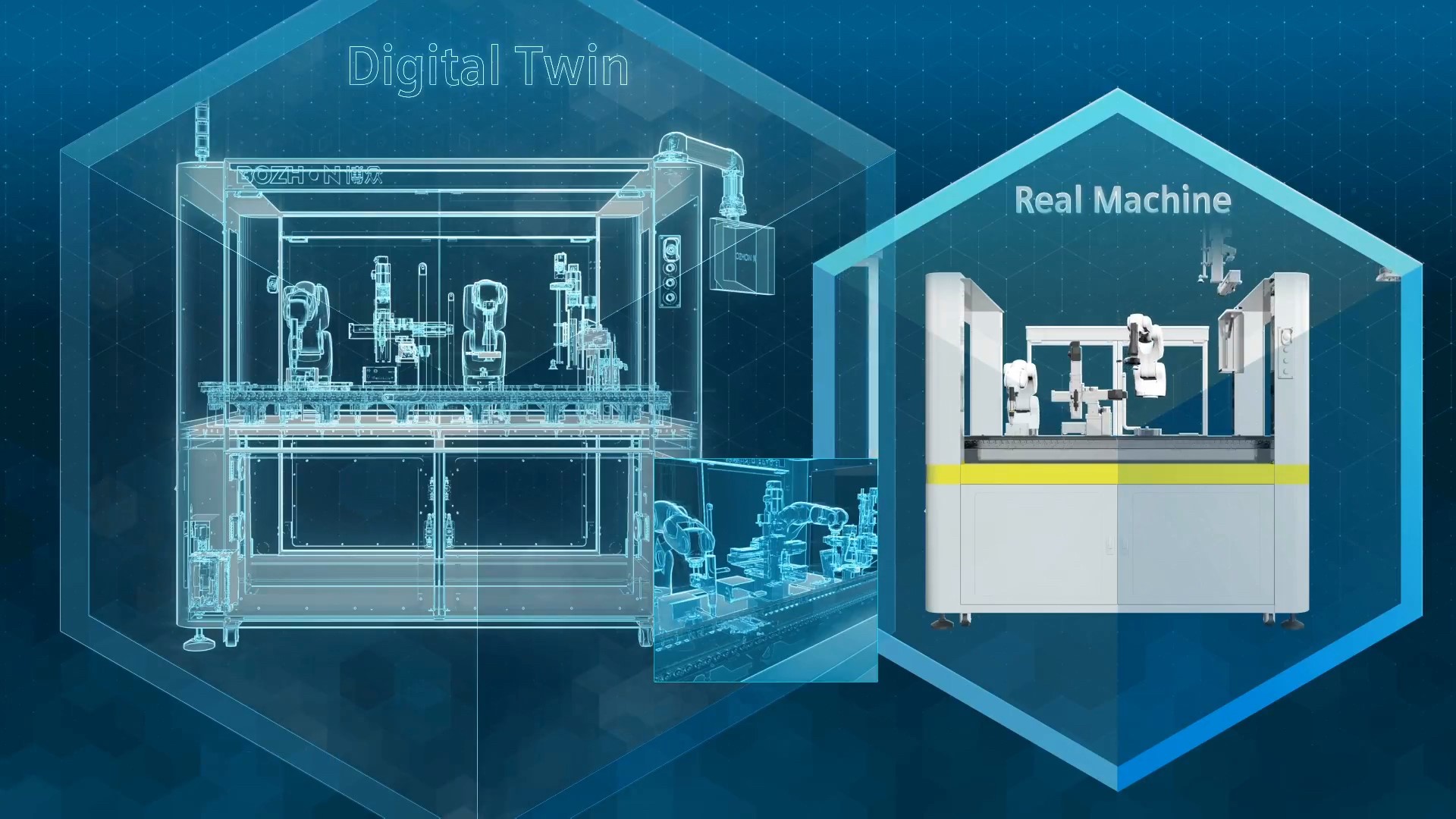Three trends transforming the factory floor
Bringing data analytics, communications and real-time control, robots and machine tools become cyber-physical systems that can intelligently respond to changes in conditions
The phrase Industry 4.0 describes a step change in automation technology for production. It revolves around the use of robotics and computerised equipment with an increased focus on connecting systems together and making full use of the data each automated sub-system collects.
The emphasis on communications is why Industry 4.0 aligns strongly with the industrial internet of things (IIoT). By bringing data analytics, communications and real-time control, robots and machine tools become cyber-physical systems that can respond to changes in conditions.
The focus on the information technology (IT) aspects of industrial control does not mean Industry 4.0 relies on total automation. Many production operations need human interaction. In contrast to the past, when robots were installed inside safety cages, away from the shopfloor staff, the trend is moving toward the use of cobots, i.e. robots and tools that co-operate directly with people. This is to facilitate a move to much more flexible operation where production cells are able to change operations quickly and efficiently. That re-targetability lets the cells react to sudden changes in demand to handle different products and variants whenever needed. This, in turn, drives a need for the cells to react to a much richer set of data streams and plan accordingly.

Figure 1: Industry 4.0 is moving toward the use of cobots
Machine monitoring
Up to now, machine tools and robots have largely been designed to react to their own circumstances, using built-in sensors to detect if tolerances are being breached or in some cases to monitor their own condition using analysis of, for example, vibration. The self-monitoring capability is expected to become more widely used in the coming years in order to prevent unanticipated breakdowns and streamline maintenance operations.
In Industry 4.0, tools can react to the data produced by neighbouring units or external inputs, which lets them cope with changing conditions rapidly. Processes can adapt heating and drying times to suit varying moisture content in materials or environmental humidity. The reduction in variation caused by changing conditions means output quality will improve as well as providing the ability to save energy when conditions are favourable.
Some suppliers’ products provide novel capabilities for specific types of machinery. For example, the Motion Terminal VTEM made by Festo is the first valve that has the ability to run apps that tune operation for different situations. Quality control is a key focus of HS-Technik programmable clutch tools from Panasonic. In this case, built-in sensors record and evaluate fastening torque and angle values that are critical to quality control in high-throughput situations.

Figure 2: The Motion Terminal VTEM made by Festo
Digital twins
The push to instrument production tools and robots provides extensive data to the manufacturing operation that can be used to inform design choices and help manage the entire lifecycle of a product. Analyst firm GlobalData sees the concept of the digital twin gaining ground. By supporting a digital representation of each physical product that is shipped that holds much of the sensor data obtained during production and during its lifetime, the digital twin makes it much easier to gauge the effectiveness of the physical product. Key to the digital twin concept is the technology of simulation. Rather than rely purely on patterns in sensor data, simulation of the digital twin using the recorded information can show potential formerly hidden problems that not only help maintain existing parts but inform the design of follow-on products.
Adrian Lloyd of Interact Analysis notes that digital twin simulation is helping not just with products, but the lines used to make them. An example is automotive start-up VinFast. In partnership with Siemens, the carmaker used simulation of shopfloor layouts to improve throughput and productivity before tools were installed, for savings compared to the traditional methods used to bring up such production lines.
Schneider Electric refers to the idea of using simulation to develop production lines as “zero engineering”, extending the concept to the programming of the individual pieces of control equipment. Rather than tying up production capacity for the programming and testing, it is now possible to experiment with and configure Modicon and AVEVA controllers in the virtual domain. Digital-twin techniques link the virtual models to the physical systems. When the change is needed, the programming simply transfers from one to the other.
According to ABB, virtual commissioning approaches reduce overall engineering time by 20%, reduce capital outlay by 25% and cut training time by half. To support the approach, ABB provides Ability virtual commissioning, which not only supports configuration in the digital domain but offers virtual reality interfaces to support effective and timely operator training.

Figure 3: Digital twin simulation is used for product lines as well a product design
Smart sensors
Sensor use will be widespread within the factory and beyond. Suppliers such as Omega and Omron are providing a wide array of sensor modalities that deploy inductive, fibre optic, magnetic, pressure and laser triangulation techniques. Thanks to the demand for accurate measurement, analyst group Mordor Intelligence predicts the global IoT sensor market will grow at a compound annual rate of just over 24% from 2020 to 2025. According to a study by Ericsson, of the 28 billion total devices connected to the internet by 2021, almost 16 billion will be IoT devices, and manufacturing will account for a large proportion of the total.
In today’s environment, a common usage model for sensor data is to send much of it to the cloud. As sensor proliferation continues, this becomes increasingly difficult to support. Local processing will be needed to analyse data and derive insights wherever insights before uploading a condensed form that contains only significant changes in status to cloud servers for further in-depth analytics. High performance, low cost edge computing hardware is critical to drive this. It is available in a variety of forms.
Avnet’s SmartEdge Agile, for example, provides certified hardware and full software for deploying deep learning at the edge of the network. Omron has incorporated AI functionality into its Symaec control platform, while Opto22 provides high-performance computing for real-time control close to the shop floor with is groov family of modules.
Security
As the capabilities of edge computing and connected sensor modules increase, security becomes a key issue for implementers. The ubiquitous connectivity implied by the IIoT provides hackers with many targets for attack. The presence of multiple communication standards on the factory floor increase the overall complexity of providing protection.
To combat the risk of intrusion, implementers need to pay careful attention to the risks and mechanisms for countering attacks. The experience from the IT world can be used in an operational technology environment. In the IT space, it is now common to encrypt data not just when transmitted but when it is at rest, and to ensure that all code run on the network is signed by an approved supplier. Manufacturers need to ensure they can update software and firmware when vulnerabilities are found.
Suppliers such as Schneider Electric have developed strategies to aid manufacturers with security and provide customers with an architecture that deals with the problems. However, other suppliers are implementing protection mechanisms into their products to ensure manufacturers have the option to build their own secure architectures.
A combined approach
Industrial control and automation are developing rapidly on multiple fronts as manufacturers begin to take advantage of the flexibility and capability that Industry 4.0 technologies bring.
Though security and other issues bring challenges, the improvements in technology will make manufacturing more efficient and better at dealing with customer demand. By making careful choices in terms of the technology they employ and leveraging scalable platforms, organisations can ease the transition. These types of decisions can be greatly aided by turning to global distributors who can provide access to a broad product portfolio, strong supplier network, a reliable distribution service and technical support to equip businesses of all sizes adopt or advance the use of industrial automation technology.
About the author: Cliff Ortmeyer is global head of technical marketing, Farnell










